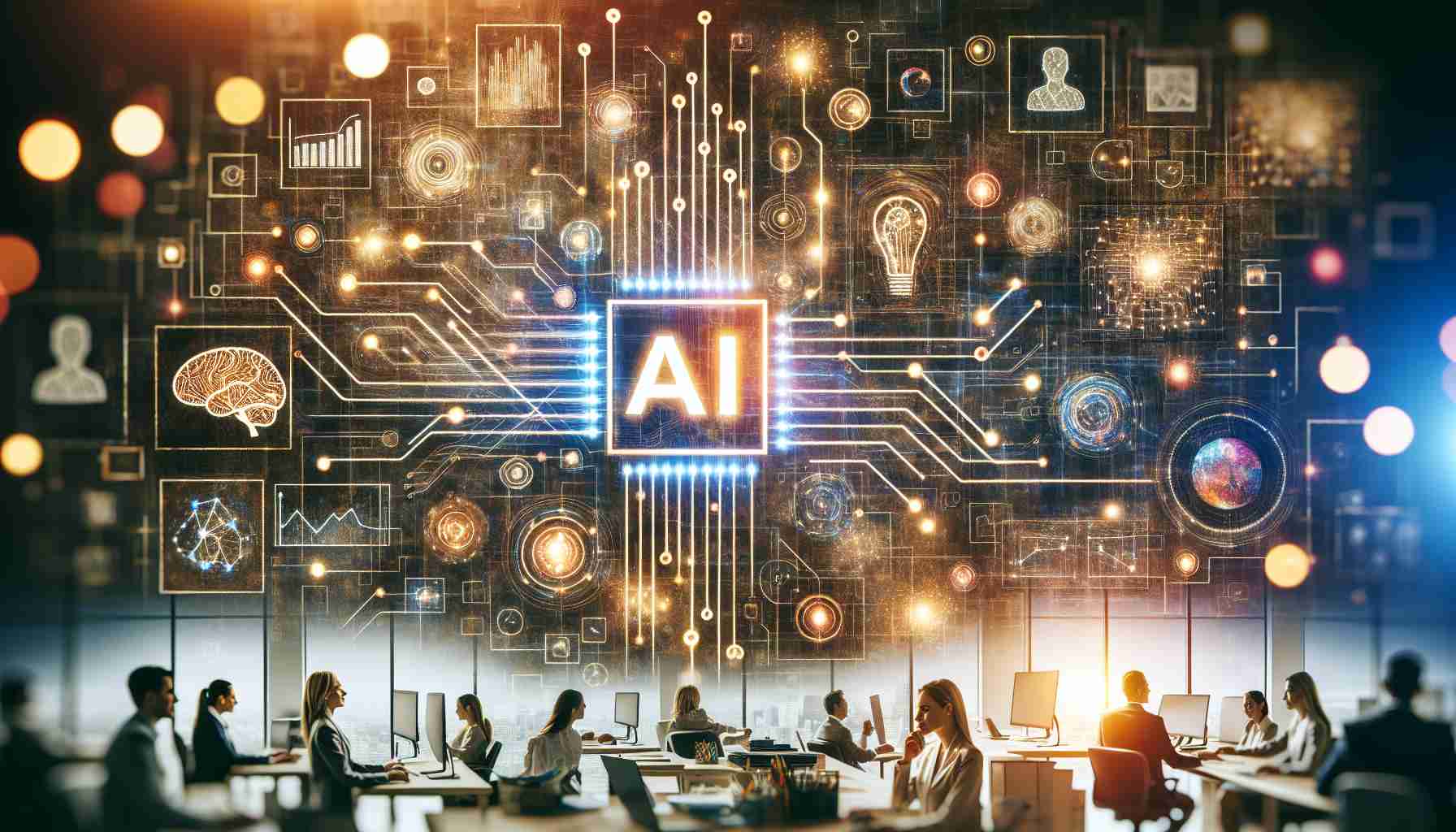In the ever-evolving landscape of artificial intelligence, OpenAI’s GPT-3 has emerged as a game-changer in the realm of commercially applied AI technology. Developed as a natural language processing model, GPT-3 is capable of understanding and generating human-like text. Its commercial applications have been far-reaching, efficiently expanding into various industries and reshaping how businesses operate.
One of the most significant aspects of GPT-3 is its versatility. Companies are leveraging its capabilities for a myriad of purposes, from generating content for marketing to automating customer service interactions. With its ability to produce coherent and contextually relevant text, GPT-3 is being utilized to draft emails, write reports, and even create code. This adaptability makes it a highly valuable tool for businesses looking to streamline operations and reduce costs.
Moreover, GPT-3’s use isn’t confined to large corporations; start-ups and small businesses are also tapping into its potential. By integrating GPT-3 into their workflows, they can enhance productivity without the need for extensive technical infrastructure. This democratizes AI technology, allowing smaller enterprises to compete more effectively in their respective markets.
However, while GPT-3 offers a multitude of benefits, its use also poses ethical considerations. The potential for misuse, such as generating misleading information or deepfake text, requires thoughtful regulation and responsible deployment.
As more industries explore the capabilities of AI, GPT-3 stands out as a pioneering tool that significantly impacts how businesses engage with technology, emphasizing the importance of both innovation and vigilance.
Is GPT-3 Revolutionizing Education and Creativity? Discover How!
In addition to transforming business operations, OpenAI’s GPT-3 is beginning to reshape the world of education and creative arts. Did you know it can write stories and even tutor students? As educational institutions experiment with AI, GPT-3 offers an engaging learning experience by providing instant feedback and personalized content, fostering independent learning.
But how does this affect students and educators? While AI presents new opportunities, there’s rising concern about its role in the learning environment. Could AI potentially replace teachers? For now, experts suggest it’s more of a supportive tool than a replacement, enhancing traditional teaching methods without eroding the human touch.
In the world of creative arts, GPT-3 is sparking excitement and controversy. Artists and writers debate its impact: Is AI encroaching on human creativity, or is it sparking new forms of artistic expression? By generating novel ideas and assisting with writer’s block, GPT-3 provides a collaborative canvas for creators. Yet, the question remains: Can AI truly produce ‘art,’ or is it merely mimicking human creativity?
What regulations are necessary to balance innovation with ethical use? As AI grows in influence, governing bodies face the challenge of defining responsible use criteria, especially when it comes to content authenticity and intellectual property rights.
Stay informed on AI advancements by visiting OpenAI and exploring how technology continues to shape our world. As GPT-3 pushes boundaries, industries must navigate both the promising potentials and ethical dilemmas it presents.






















